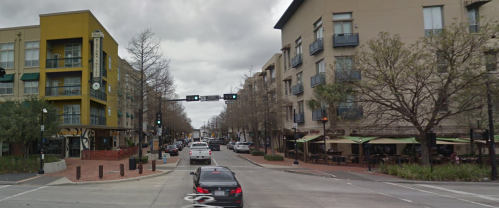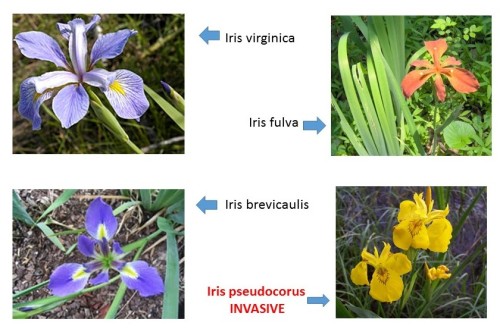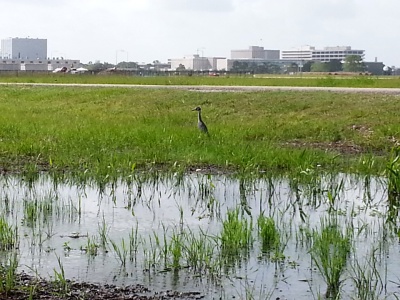
Midtown Square development on West Gray, Houston. This development doesn’t flood, and it doesn’t contribute to flooding. It is a high-interaction neighborhood that builds social capital. (Google Map)
The impacts of Harvey still have our full attention. We are all agreed—we don’t want to live through another Harvey. We want to be so much better prepared for the next one. In that case, we better hope the next big one isn’t coming our way anytime soon.
“Do something!” seems to be the watchword of the day. The question is whether or not we will do the right thing. We are clearly taking some good steps in the right direction, but I fear we may lack the necessary organizing principles to build a Houston that is resilient for the next 100 years and beyond.
I suggest two watchwords that could lay the foundations for a robust resilience: watersheds and walkability. Watersheds are the template upon which we build. We must understand both the limitations and the advantages of our watersheds. Walkability builds the social capital that provides the glue for strong communities. Both the city we build and the watershed we build it on must be healthy in every way if we are to remain vibrant into the next century. (more…)






